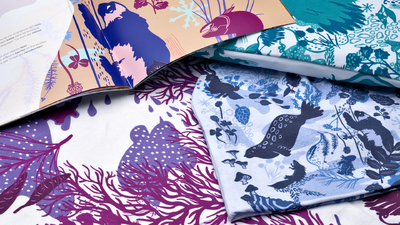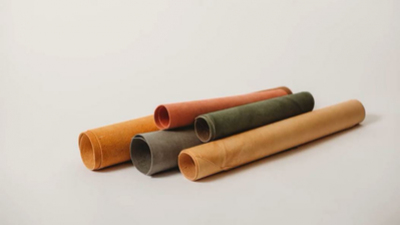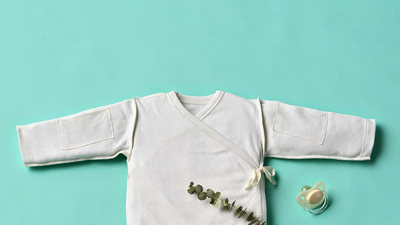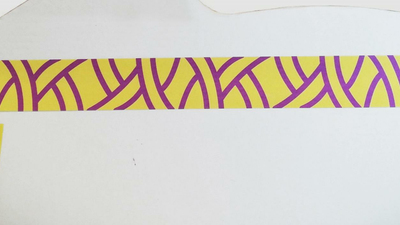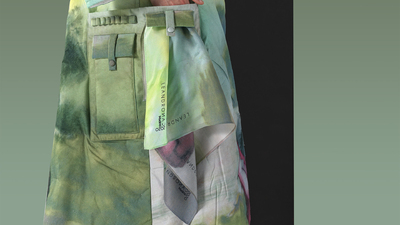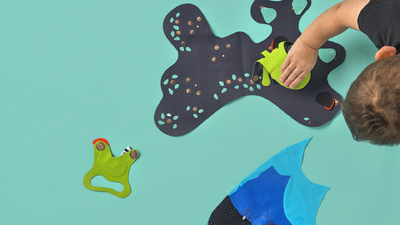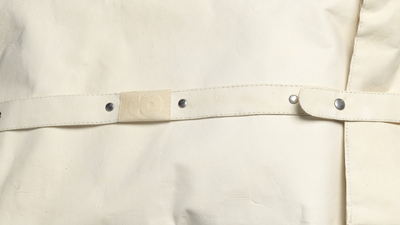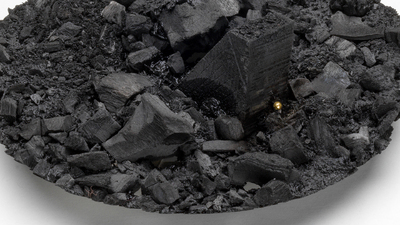WALKYTALKIES
The idea:
We (Stella and Nelleke) met at De Modefabriek in Amsterdam in July 2018. We immediately found out we had a common affection for socks. Stella: ‘How cool would it be, to scan the sock and then it comes to life?’. Nelleke: ‘Definitely! And the character tells you a story! I used to change the names in existing children’s books to the names of my children. By personalizing the stories, they paid more and longer attention’.
The birth of the project
We decided to bring the sock to life with Augmented Reality, an accessible technique which can be used quite easily.
We agreed the stories should contain all the 16 WALKYTALKIES characters. They should be fun and not too long so that the reader can easily follow and stay attentive. But how?
After some research we discovered interactive reading: a type of reading which asks the reader to actively join the story and help to create the plotline by making decisions. Therefore, while reading the reader takes active influence in the way the story develops.
It’s a fun way of reading and the best part was that this type of reading seemed to have a lot of benefits: children like to read more and longer; it increases reading quality and kids develop a stronger capacity for collecting information.
That was exactly what we needed. Recent research proved that young children avoid reading these days and instead play games or watch YouTube. Educative professionals are worried about that fact for causing problems in the future.
We decided to combine the importance of reading, the inevitable devices of every household and WALKYTALKIES to stimulate reading (again) for children 5+.
The creative process
The main idea, scanning the actual sock and bring it to life, was too unstable. The Augmented Reality software turned out to be colorblind. Also, the stretchable fabric of the socks would make the process of recognizing the graphic design of each sock unreliable.
So, we decided to scan the 4 different colorful 2D illustrations on the package and turn them into a 3D world. A world in which you must find the answer to your questions in order to influence your story.
Then, we had to reveal a structure for interactive reading.
How do you set up 1 story, create 3 decision making moments and end up with different endings in which each of the 4 characters show up, no matter which decision you make?
We simply used the structure of an electricity scheme. The outcome was clear: every story has the possibility to end in 8 different ways.
When the structure was clear, 2 children’s book authors started writing 4 stories, 2 themes for each writer. Every theme had to contain the 4 matching characters.
Unfortunately, 1 author left the team.
Luckily, there were 2 experienced children’s book authors who edited the 4 stories written by the 1 author who continued, so all the stories would become 1 coherent piece.
All 16 WALKYTALKIES characters were transformed into cartoons by a professional illustrator. These bright and funny drawings show up in the app interface, as well in the 3D worlds.
Stella turned the 4 different WALKYTALKIES worlds into 3D worlds in which you can wander and answer your questions.
The app company created all the elements into a first working version of the app: WALKYTALKIES telling stories.
The collaboration
Every team member had their own expertise, which is the major advantage of working in a team instead of alone.
Everybody looked at the project from another perspective, a different angle with a fresh view which resulted in more divergent thinking.
Future
The app has entered the market and especially the book market, a new one for WALKYTALKIES since it is related to reading, has embraced the concept.
Unfortunately, not all devices support the Augmented Reality technique. Which means interactive reading is not accessible for everyone.
To accomplish that, we want to create a new standard 2D app for every device.
As an extra, when your device supports the AR technique, you will get the 3D version automatically.
Now Stella designed only one of the 3 worlds completely which means aesthetically speaking they are quite different. In the future we also wish for them to speak one design language like what we accomplished with the writing of the stories.
The message
Combing different disciplines and sharing knowledge, can result in unexpected solutions, surprising insights, and new business models.












